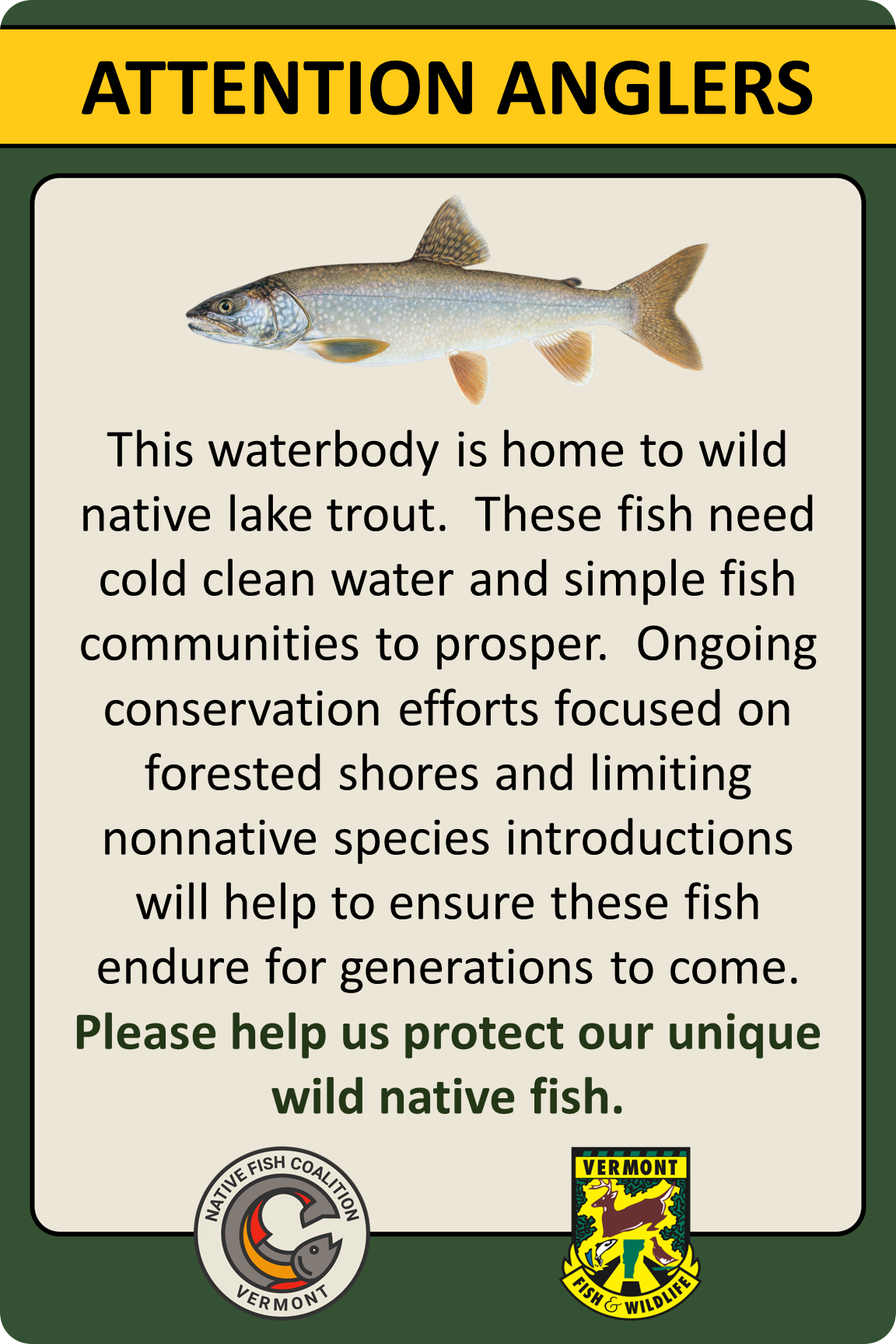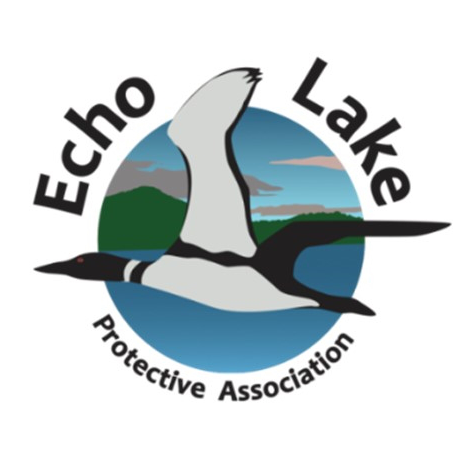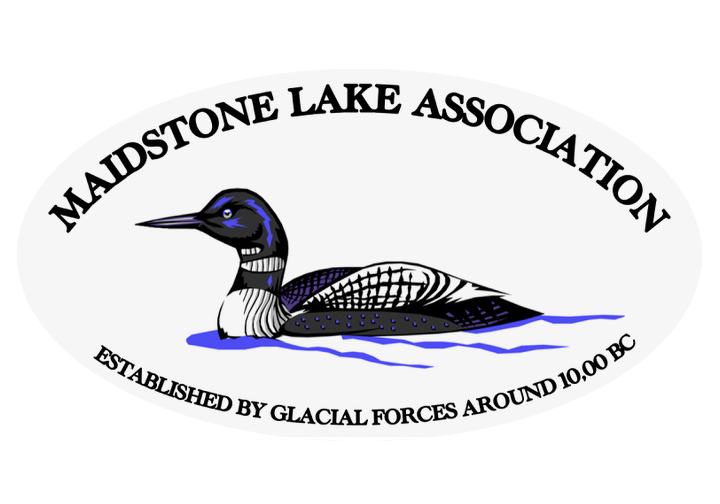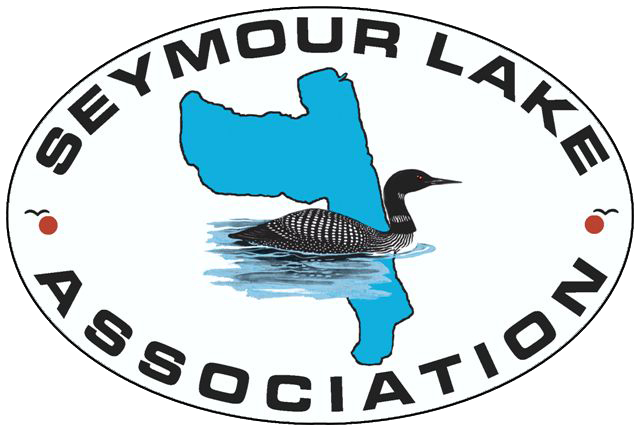Vermont NFC Posts Wild Native Lake Trout Signs
Vermont NFC Vice Chair Jed Feffer at Echo Lake in Vermont.
Lake trout are one of the most moved around species of gamefish in New England. They have been blamed for the extirpation of rare wild native Arctic charr, referred to as Sunapee trout at the time, in New Hampshire and Vermont. Introduced lake trout have also stressed native landlocked salmon in Sebago Lake in Maine, one of just 4 native populations in the state, and the namesake water for the species, Salmo salar sebago.
At the national level, nonnative lake trout have imperiled the wild native cutthroat in Yellowstone Lake in Yellowstone National Park, arguably the most significant and important population for the species. Nonnative lake trout in Flathead Lake in Montana, the largest natural freshwater lake west of the Mississippi, contributed to the serious decline in rare wild native bull trout. The introduction of nonnative lake trout has compromised many wild native salmonid populations across the nation.
So why would an organization whose sole focus is on wild native fish care about lake trout when they have become such a problem? Because, while moved around extensively, lake trout are native to many waters where they are found, including roughly eight in Vermont.
Initiated by VT NFC Board Member David Wein, an d led by VT NFC Vice Chair Jed Feffer, NFC worked with Vermont Fish & Wildlife Department, and a group of lake associations to develop a series of signs denoting the presence of wild native lake trout.
The first two lakes to receive signs were Seymour Lake and Echo Lake. Other waters will receive signs shortly.
Bruce Remick, Seymour Lake Association Board.












